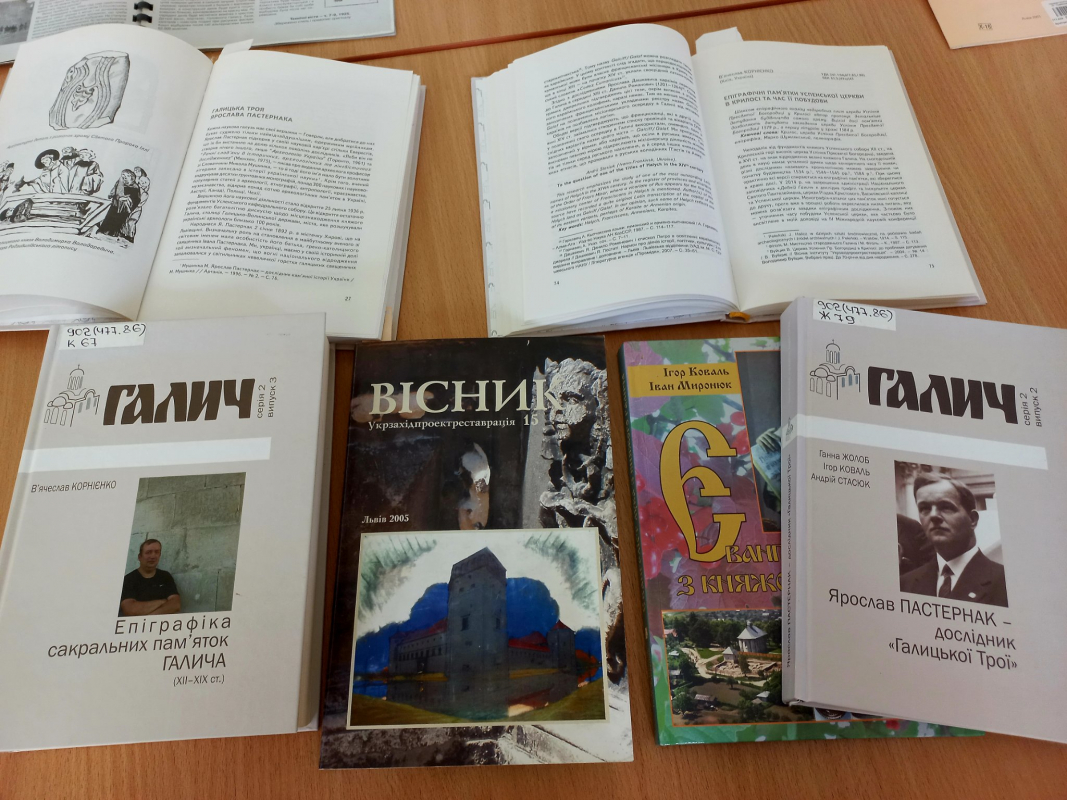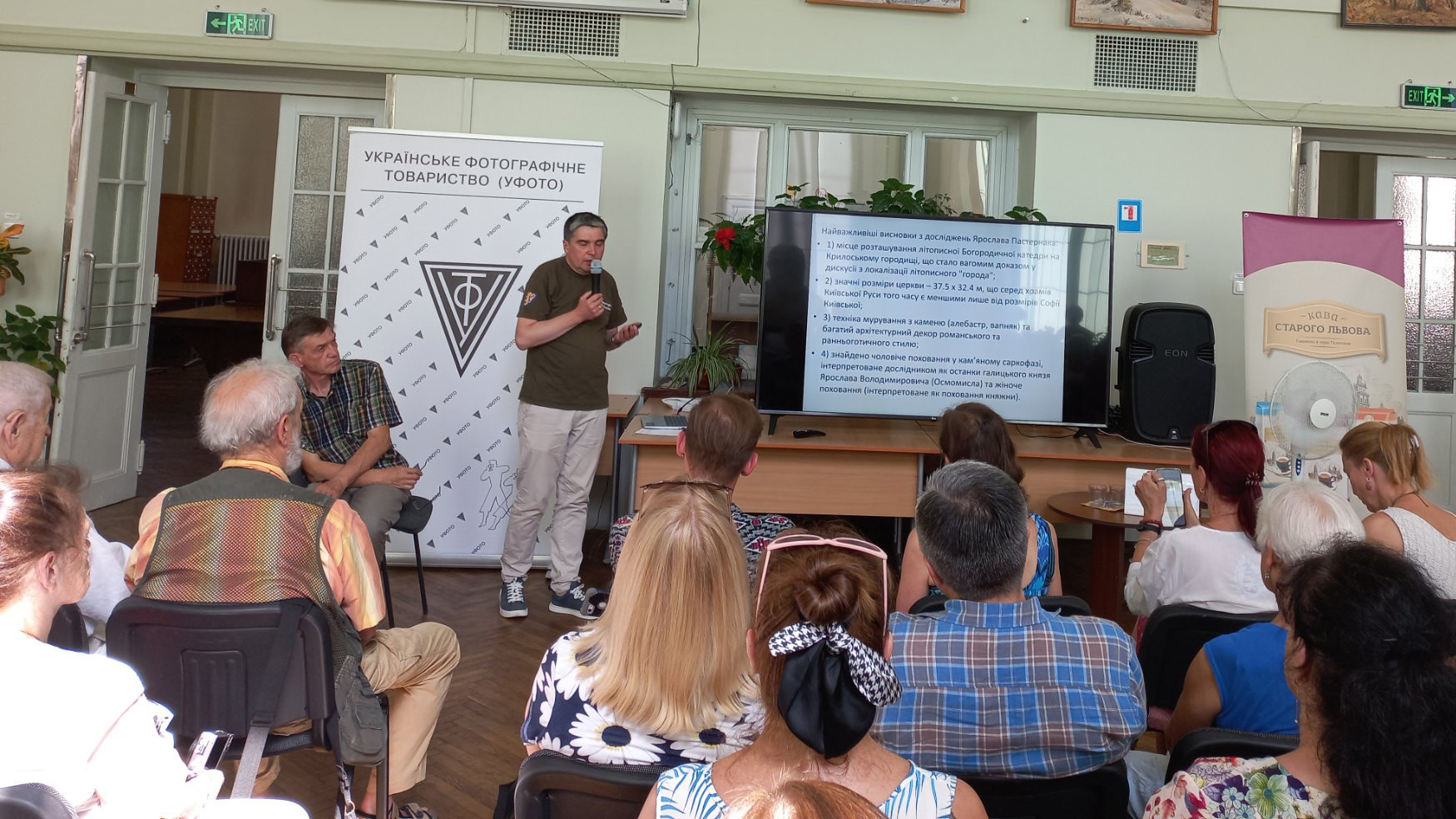Ukrainian history hides many secrets. In particular, the Kniazha era left a unique heritage for researchers and archaeologists. Where was the city with a long history – Halych? What architectural monuments were found? Yurii Lukomskyi, Vasyl Petryk, Roman Metelskyi and Ihor Tkachyk talked about this in their recent lecture.
«The search for legendary and most important objects of cultural heritage can last for years. But usually this is only the beginning of a long road. After all, we don’t know much. Krylos (Ancient Halych) keeps thousands of secrets. In order to feel the spirit of Galicia, you need to visit this ancient city. Its center is shrouded in many mysteries. This is the second historical center in the history of our country. That is why we concentrated on researching the history of this majestic city», says Vasyl Petryk, Associate Professor at the Department of Restoration of Architectural and Artistic Heritage, the IARD, a member of the Public Initiative «Centre for the Rescue of Cultural Heritage».
Archeological research of Halych in the Kniazha era has been conducted for more than 100 years. In addition to founding the foundations of ancient churches, the main problem was the localization of the chronicled city with the church of the Virgin Mary, the kniazhyi court with the shrine of the Savior, and the monastery with the church of St. John, mentioned in the historical chronicles.
During his speech, Vasyl Petryk noted that a great contribution to the search for Kniazha era Halych was made by the most prominent Ukrainian archaeologist Yaroslav Pasternak. The researcher started the first excavations on the outskirts of Krylos in the 1930s, hoping to find the ancient city.
«It was Yaroslav Pasternak who found in Krylos what researchers had been looking for for many years. In 1936, everyone got to know and saw the glorious Halych. Research on the territory of the city lasted for several years. After the discovery of the main church of the Galician kniaz in Krylos, the Assumption Cathedral, tourists began to come here», added Vasyl Petryk.
In addition to the foundation of the Assumption Cathedral, the archaeologist also found a stone sarcophagus in which the bones of Kniaz Yaroslav Osmomysl were kept.
«Anthropological studies of the remains of Yaroslav Osmomysl were conducted by Zenon Pohoretskyi, Professor at the Department of Archeology and Anthropology at the University of Saskatchewan, and Serhii Horbenko, an anthropologist from Poltava. After the remains of the kniaz’s skull were found, Serhii Horbenko managed to make the most accurate reconstruction of the appearance of Osmomysl», said Yurii Lukomskyi, Associate Professor at the Department of Restoration of Architectural and Artistic Heritage, the IARD, archaeologist, researcher of the architecture of the Kniazha era.
The event ended with a viewing of a fragment of the film «Krylos» which was found this year. It was shot in the 1930s by Yulian Dorosh. Ihor Tkachyk and Roman Metelskyi are among the researchers of the unique find.
The photo is from the Facebook page of the Scientific and Technical Library










